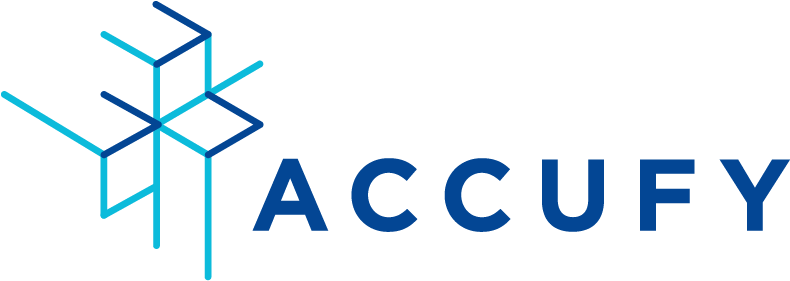Accufy’s predecessor firm, Warren & Selbert, Inc. was incorporated in 1971 by Jim Warren, a professor of finance at UCLA’s Anderson Graduate School of Business, and Jim Selbert, a graduate of MIT’s Sloan School of Management, to provide software for corporate financial analysis.
The firm’s first product, FINSIM, software that could project a multi-divisional corporation’s consolidated financial statements, was introduced in 1971 at the request of Litton Industries, the multi-division conglomerate, to project its consolidated financial statements and need for funds.
A second product, LAS: Lease Analysis System, was created in response to the request of United California Bank to compute the before- and after-tax returns of its growing portfolio of leveraged leases. It was followed by LVB: Lease versus Buy, a software package for firms to quantify whether it would be more advantageous to lease or to buy capital assets.
The leveraged leasing industry greatly expanded after the Federal Reserve’s authorization allowing bank holding companies to participate in leveraged leasing and the IRS published guidelines in 1975 and 1976 that together brought certainty to the regulatory and tax treatment of leveraged leases. A European version of the software, LEAP: Lease Analysis Package, was offered to banks in the U.K., France, and Germany, which incorporated the disparate tax regimes of those countries.
Starting in the 1970s and continuing for the next three decades, industry after industry (e.g., airlines, mining, electric utilities, commercial satellites, etc.) were revolutionized by the acquisition of new types of equipment. Often the acquiring firms could not efficiently use all the available tax benefits and therefore found it advantageous to employ leasing over an outright purchase.
Also starting in the 1970s the firm was able to provide immediate customer support because clients could share their leasing models with the firm’s staff. Because the software resided on computer time-sharing systems such as NCSS and Tymshare, both clients and staff accessed the clients’ models via dial-up terminals running at speeds of between 20 to 120 characters per second. In the 1980s, after the wide-spread adoption of personal computers, the firm installed an in-house Digital Equipment Corporation minicomputer system which used the client’s PCs as secure terminals through Telnet, and eventually, Internet protocols.
In the 1980s the firm introduced ABC, a software model that could quickly and simultaneously structure leasing transactions for both the lessor and lessee. In the 1990s the firm enhanced ABC with a method of structuring a leveraged lease using the mathematical technique of Linear Programming Optimization which provided optimum economics to the parties. This made the firm the dominant provider of lease analysis software and greatly improved the tax efficiency of the leveraged leasing structure. However, the tremendous number of additional computations necessary to optimize a lease required the installation of a specialized array processor computer normally used only for scientific applications.
In the 2010s, renewable energy in the form of wind and solar power projects became economically viable in the United States as they were heavily subsidized by federal tax incentives. Because of the similarity to the tax incentives used in leveraged leasing, special allocation entities (entities that restructure the way profits and losses are distributed that do not correspond to their actual percentage interests in the business) were created. The ABC software was expanded to model and structure these complex transactions. In the 2020s the firm’s computer operations were moved to Amazon Web Services.
In 2023, the firm changed its name to Accufy Analytics and is now jointly led by Eric Seale and Erik Hellman.


